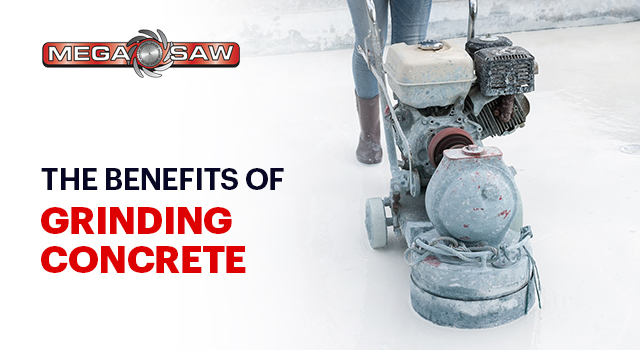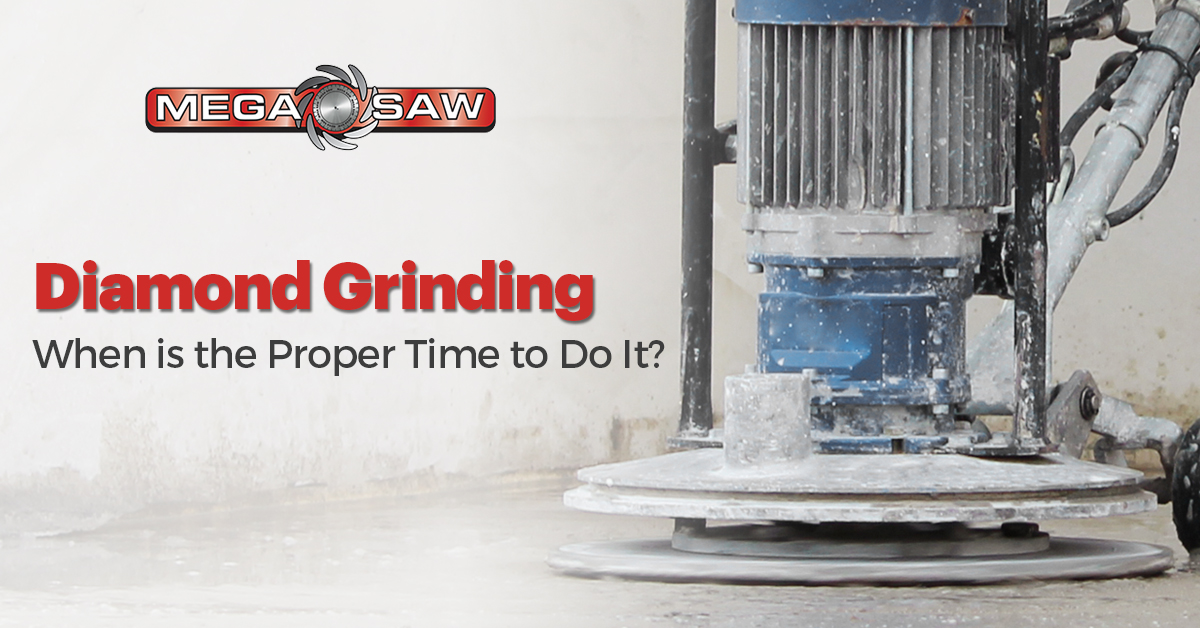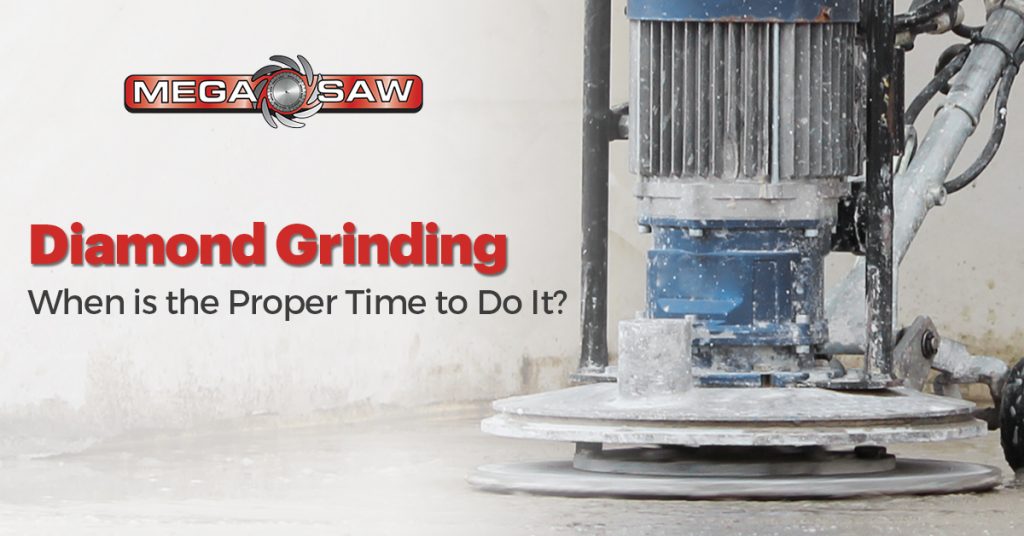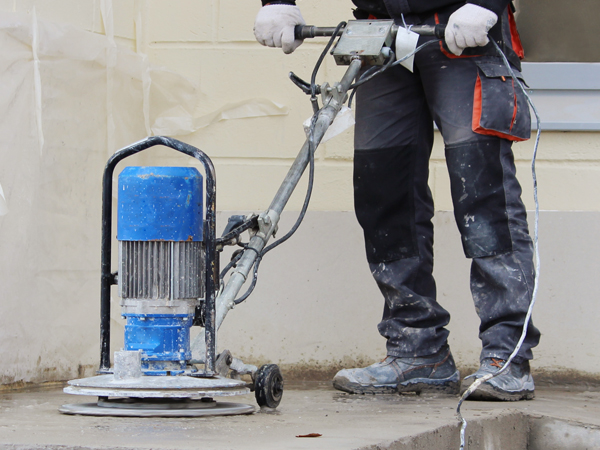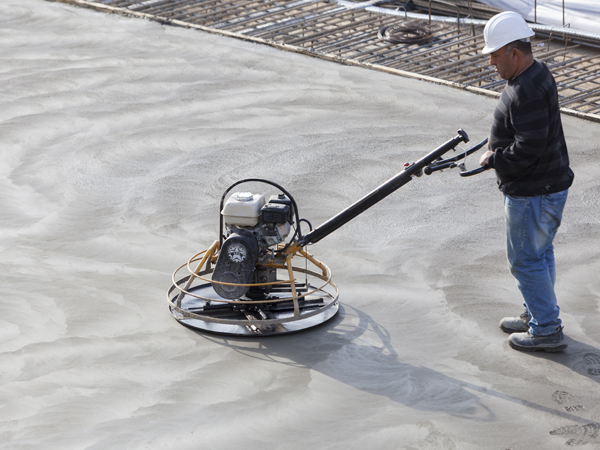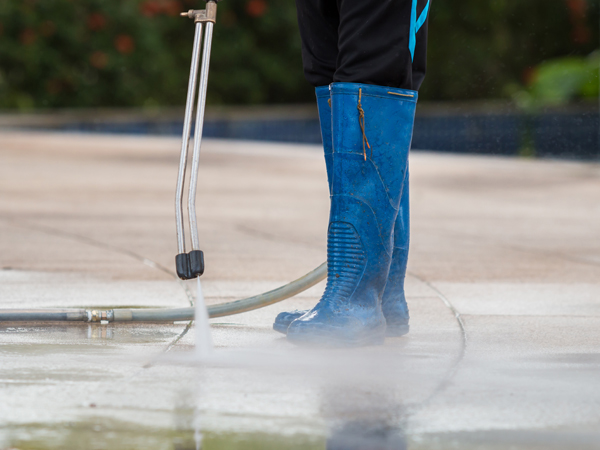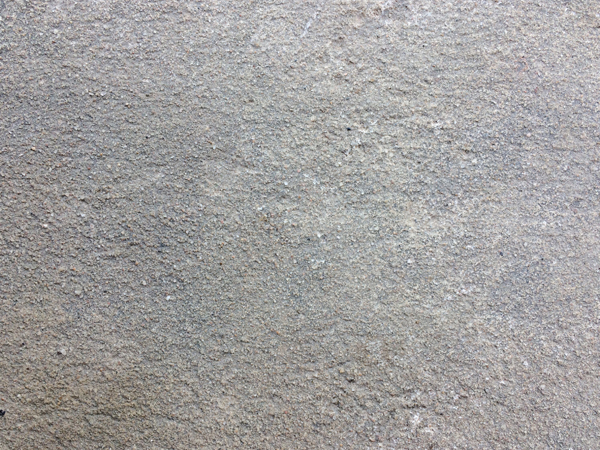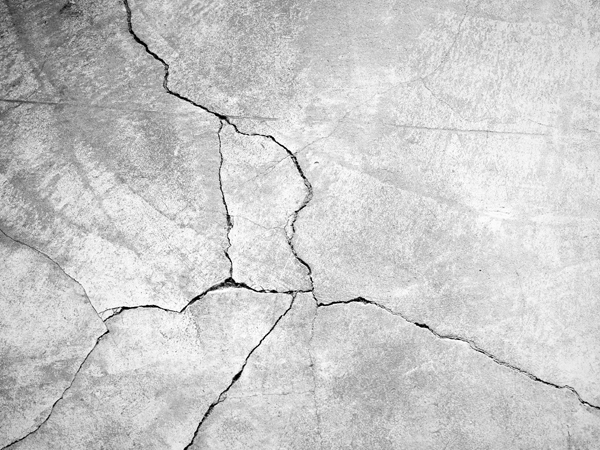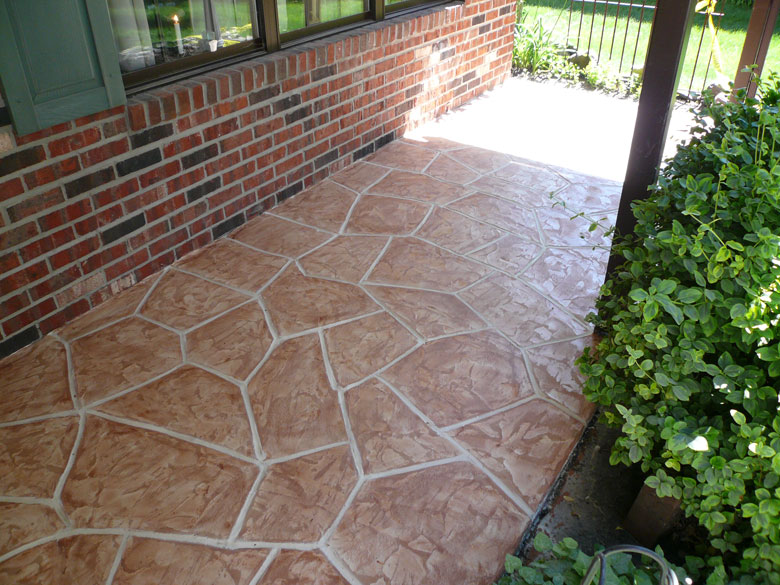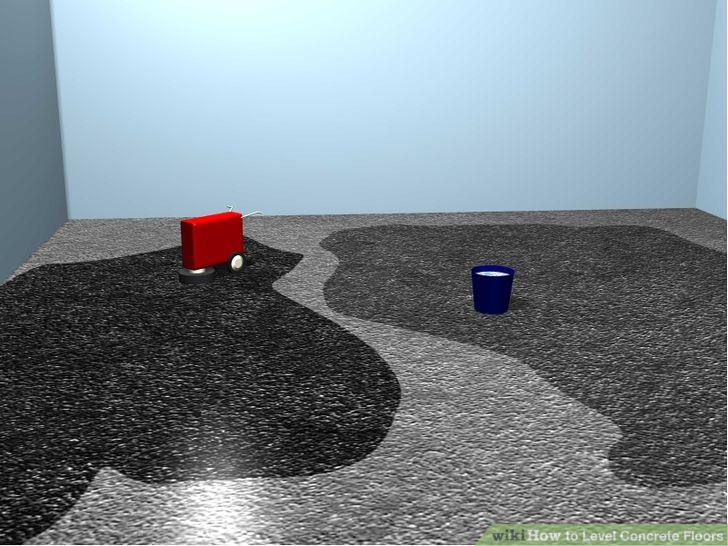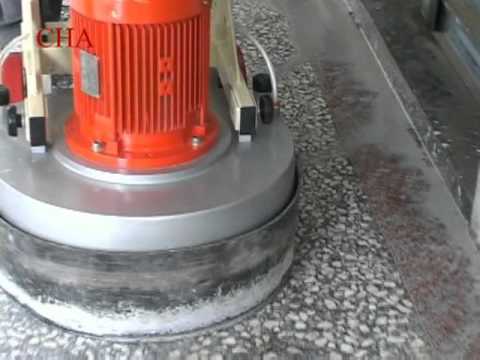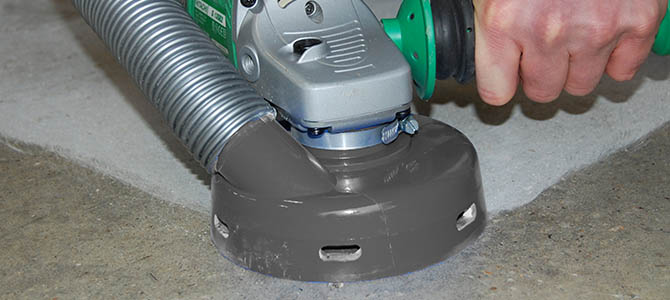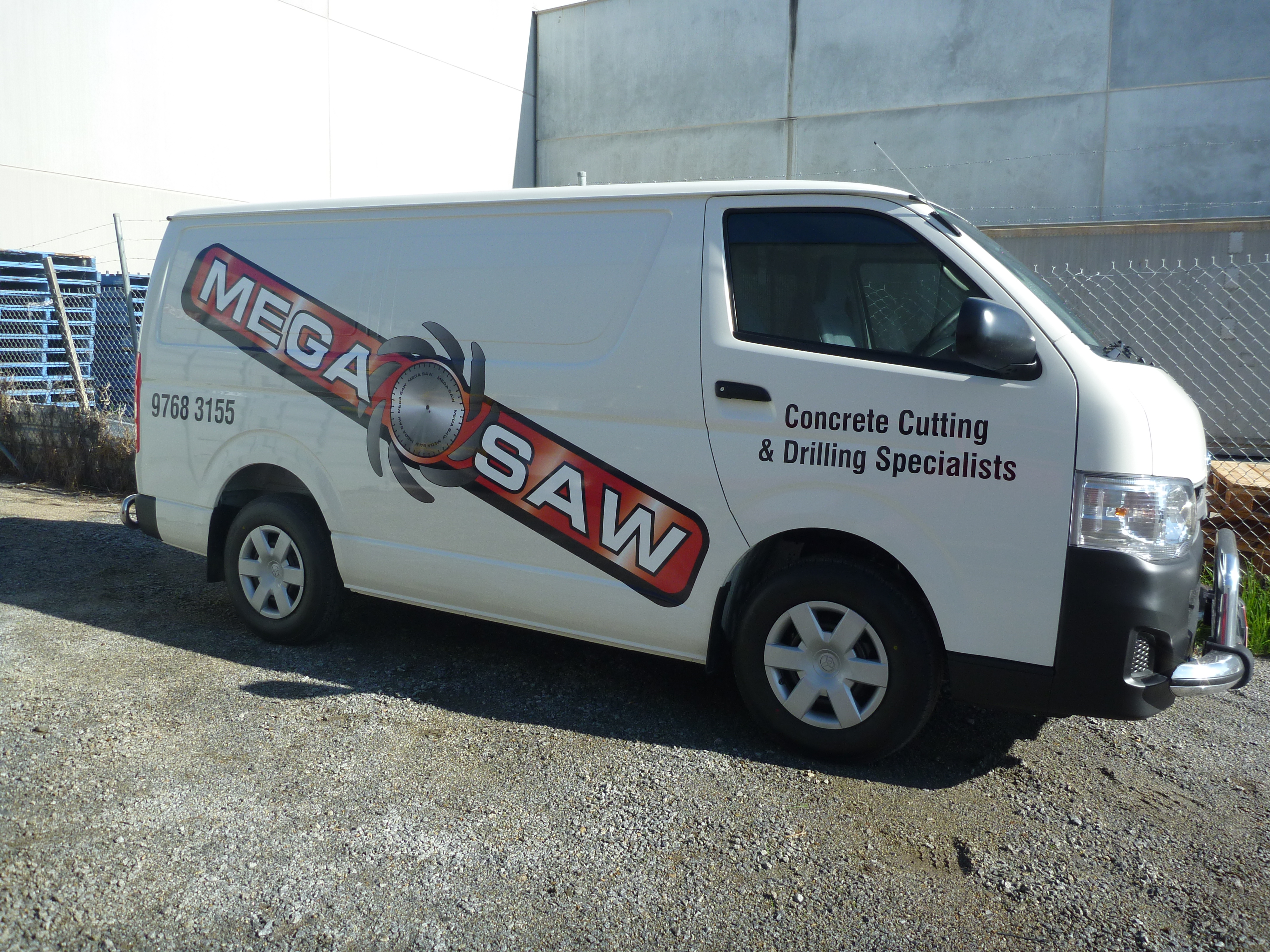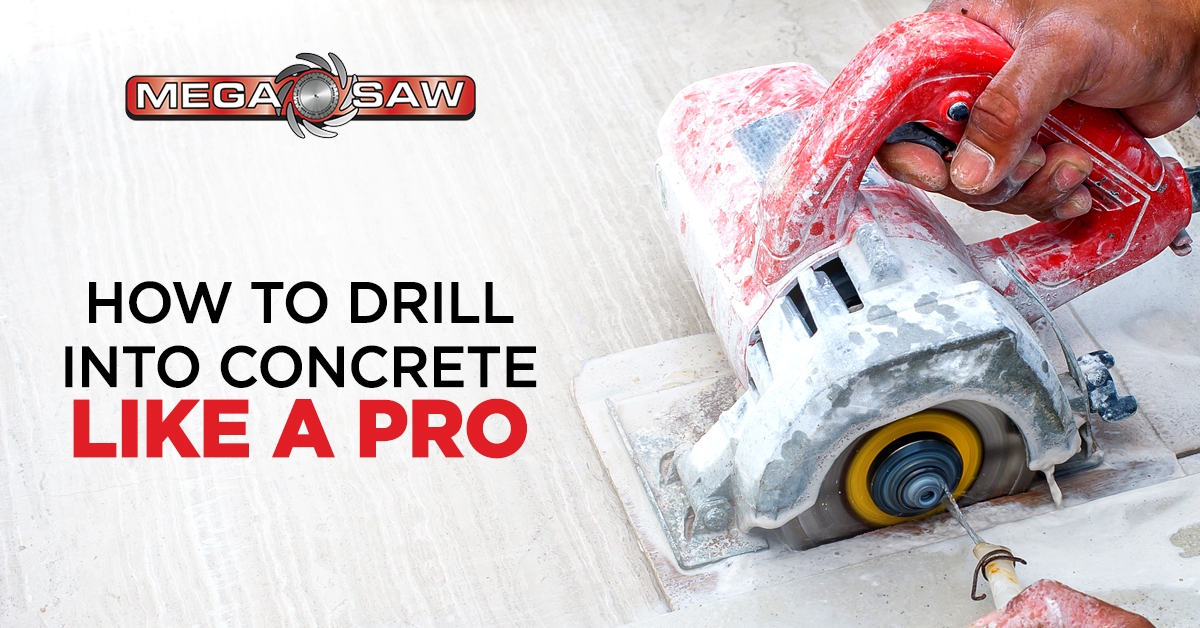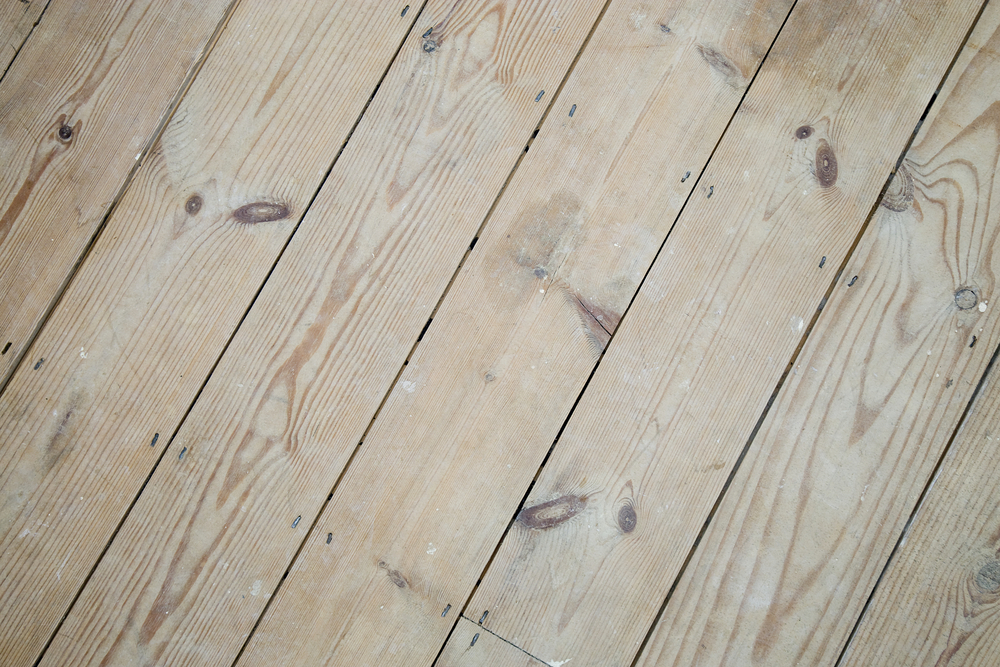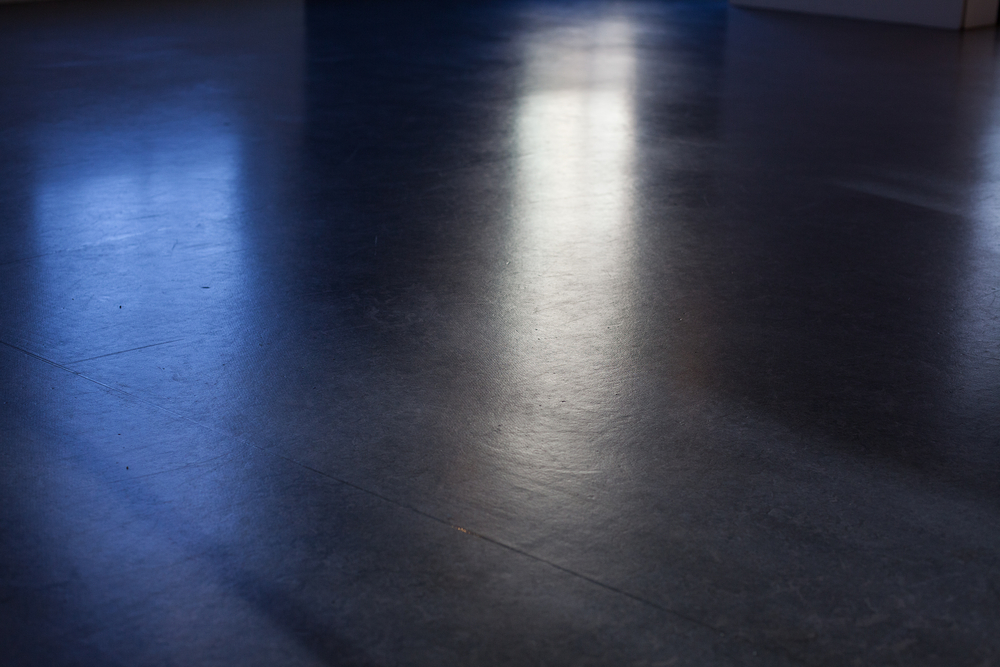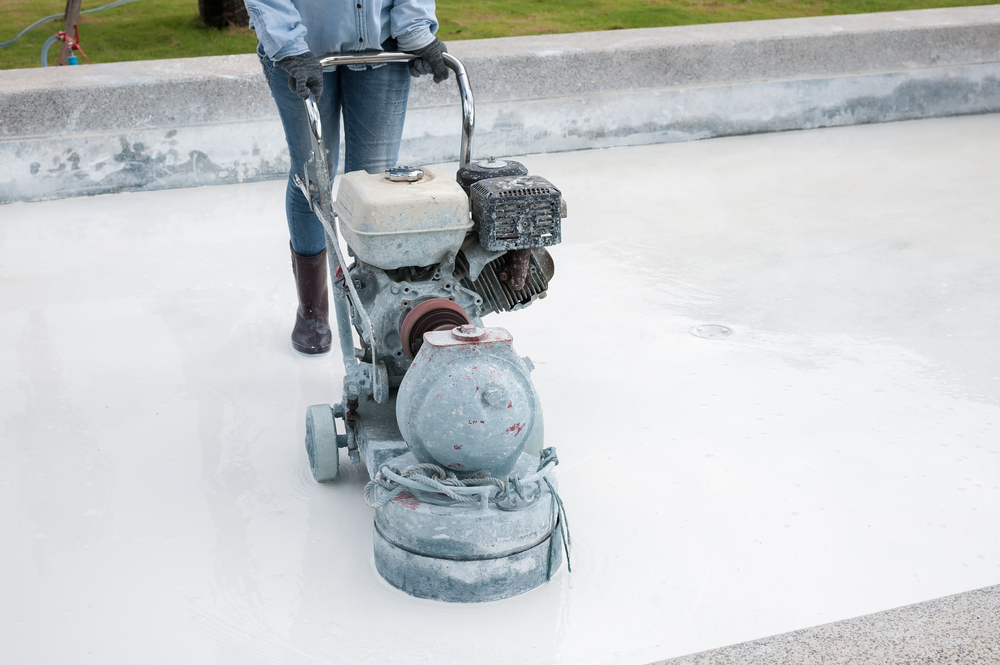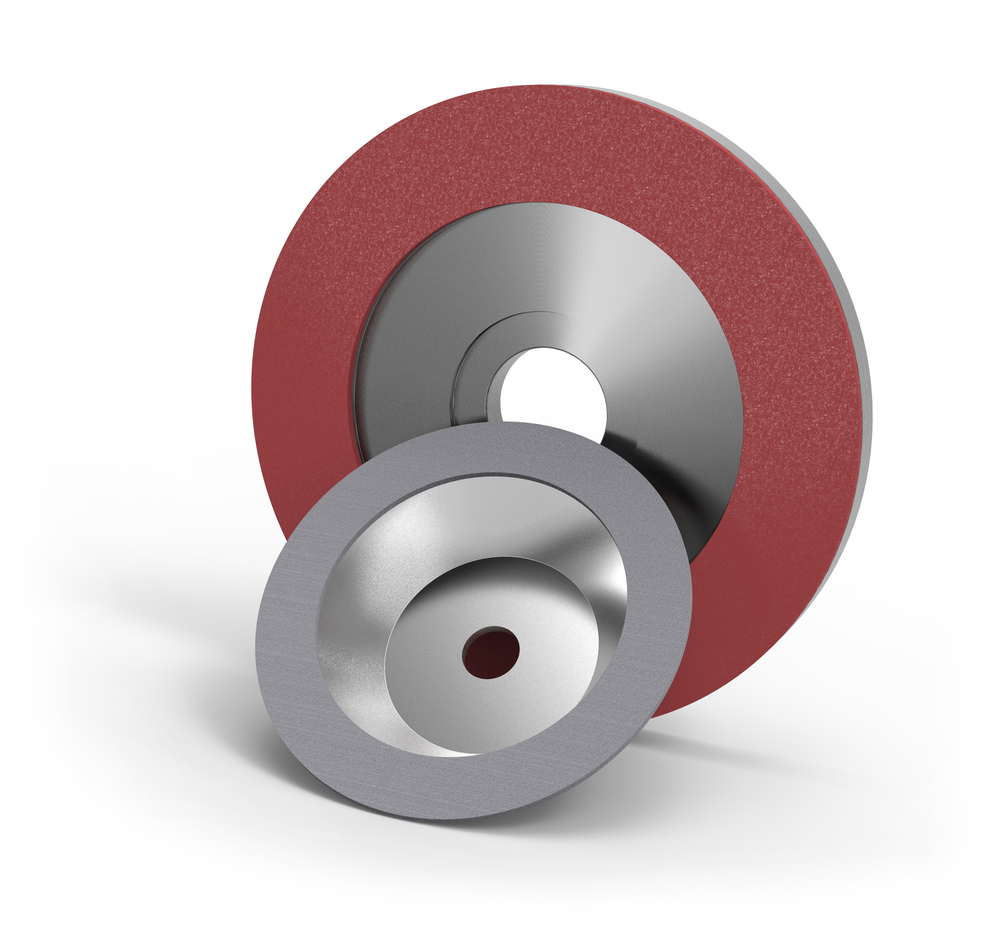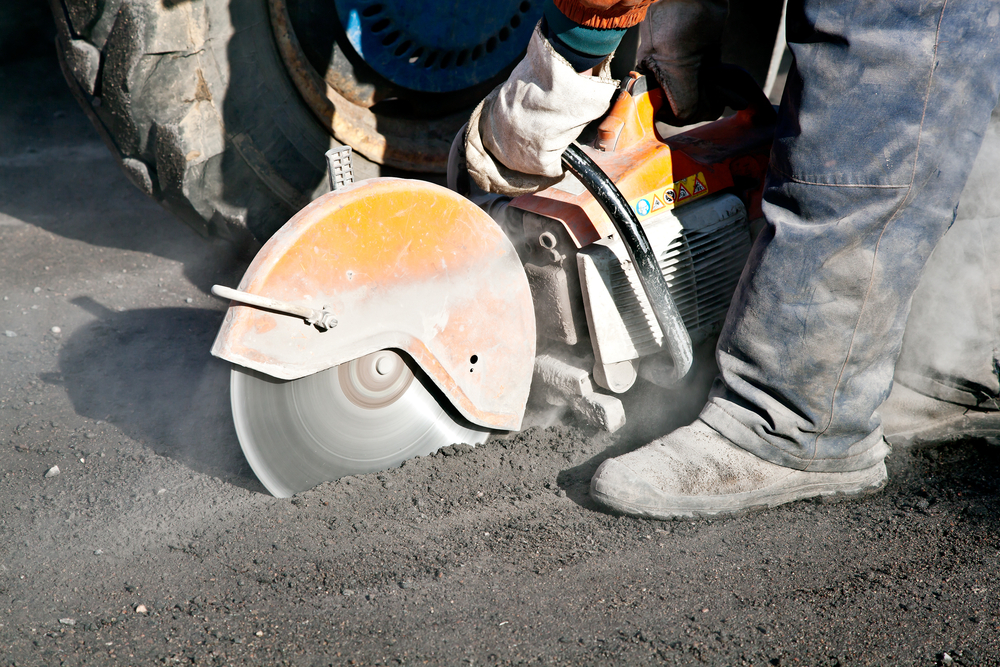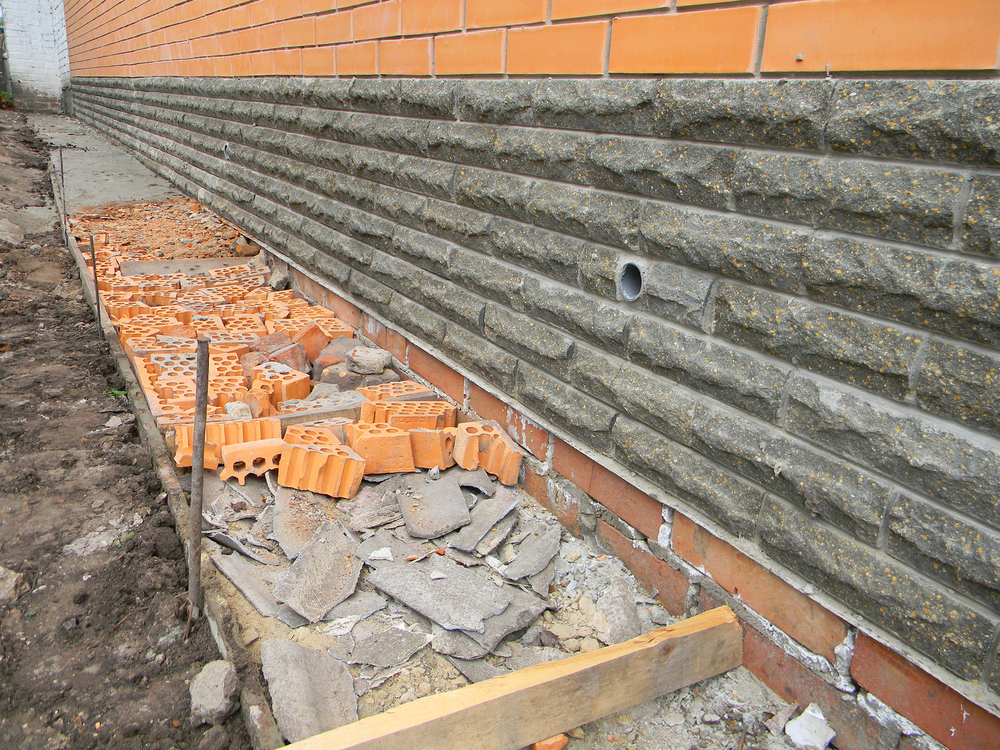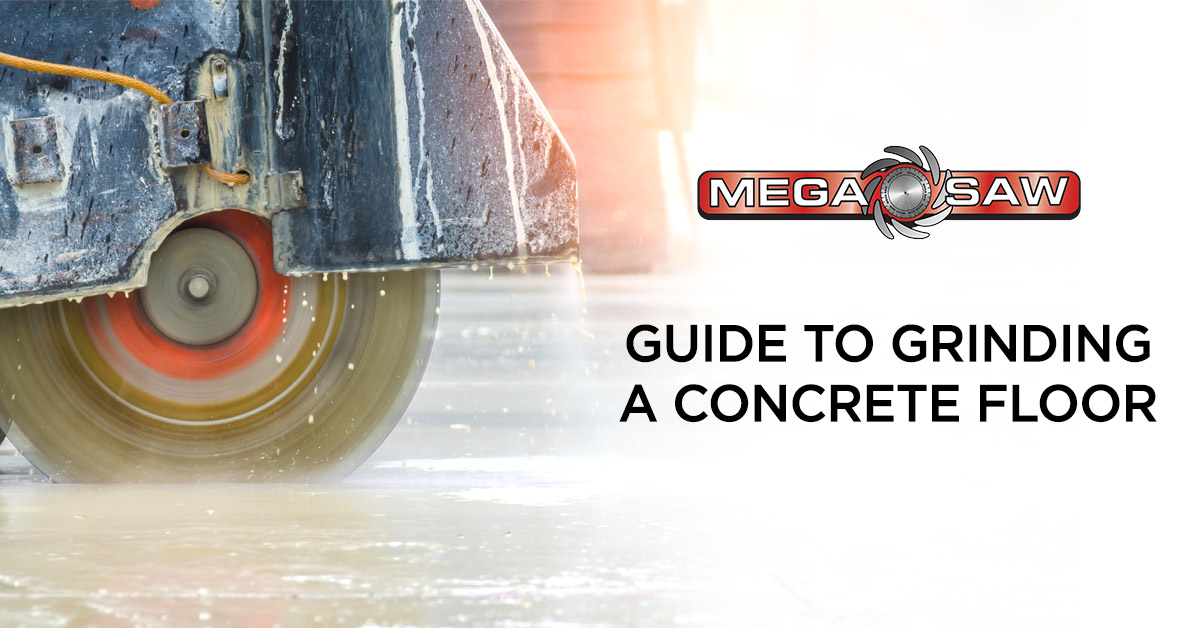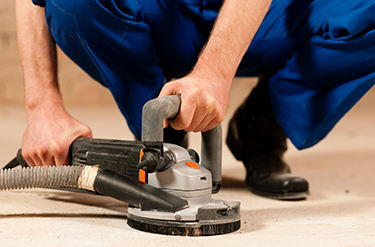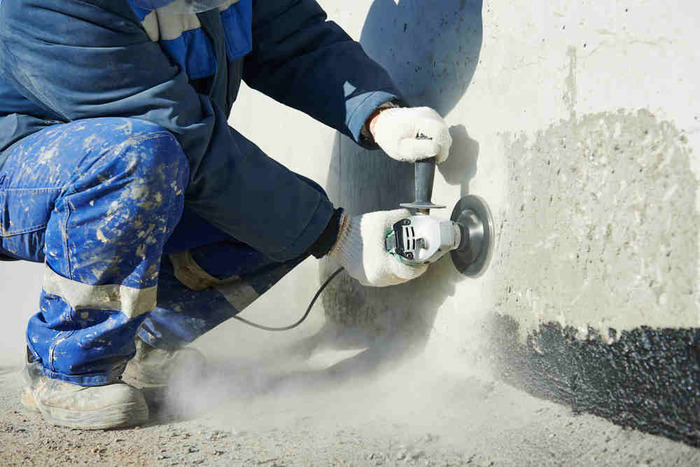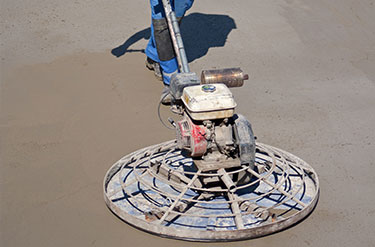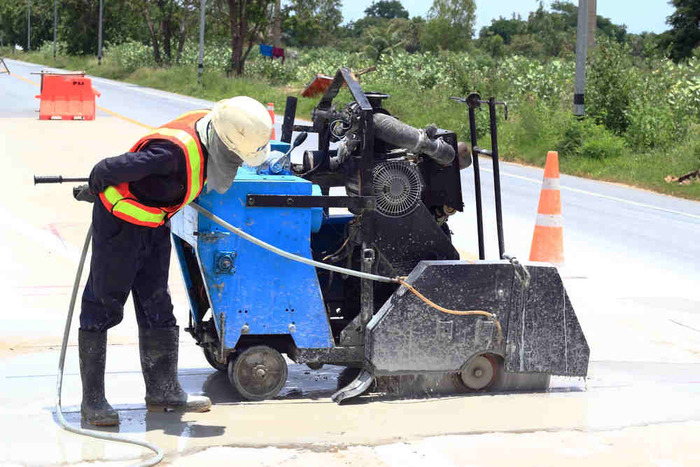Concrete grinding preserves pavements by removing any surface imperfections and irregularities. In some cases, concrete needs to be leveled to make the surface more durable. Or you may also need concrete grinders that smooth out rough surfaces.

Note that roads are subject to a lot of stress that weaken and eventually damage them — constant vehicles at a high speed, heavy traffic and extreme weather. These are in addition to the defects that come from poor materials and practices in constructing the road.
This is where concrete grinding comes in. It repairs cracks and remedies imperfections on pavements and roads to make them safer.
Concrete Grinding Benefits
Concrete grinding is done to make roads smooth by grinding and polishing them. These are the benefits when grinding is done
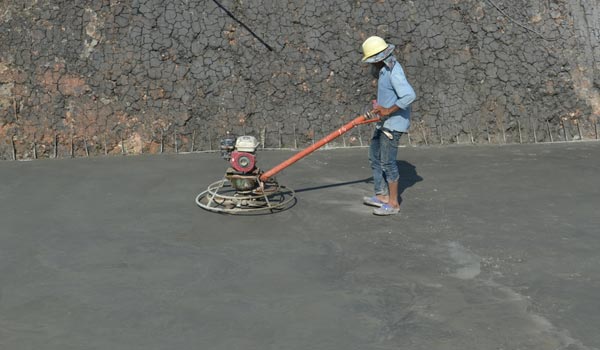
1. Concrete becomes more durable
2. Low Maintenance because of increased durability, you have to do less to maintain the concrete surface. For example when food or chemicals get spilled, the surface is easier to clean.
3. Gives a smoother ride – this translates to less fuel cost and travel time
4. Surface is good as new – surface is smooth, comparable to newly laid pavement.
5. Helps reduce noise – surfaces with longitudinal texturing offers a driving surface that is far quieter.
6. Improved Skid Texture- better texture results in increased skid resistance. This makes roads safer.
7. Grinding does not affect material durability
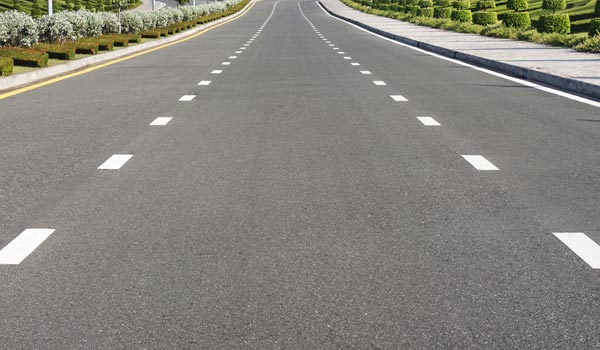
The integrity of road surface does not get affected no matter how many times the concrete has been grinded. Thus, you don’t need to replace road surfaces often, ensuring there would be less downtime on road usage and minimising the hassle for the road users.
RELATED TOPICS:
Steps in Concrete Grinding and Polishing
How Much Does Concrete Grinding Cost Per Square Metre
Guide to Grinding A Concrete Floor
Difference between Dry and Wet Concrete Grinding Methods

